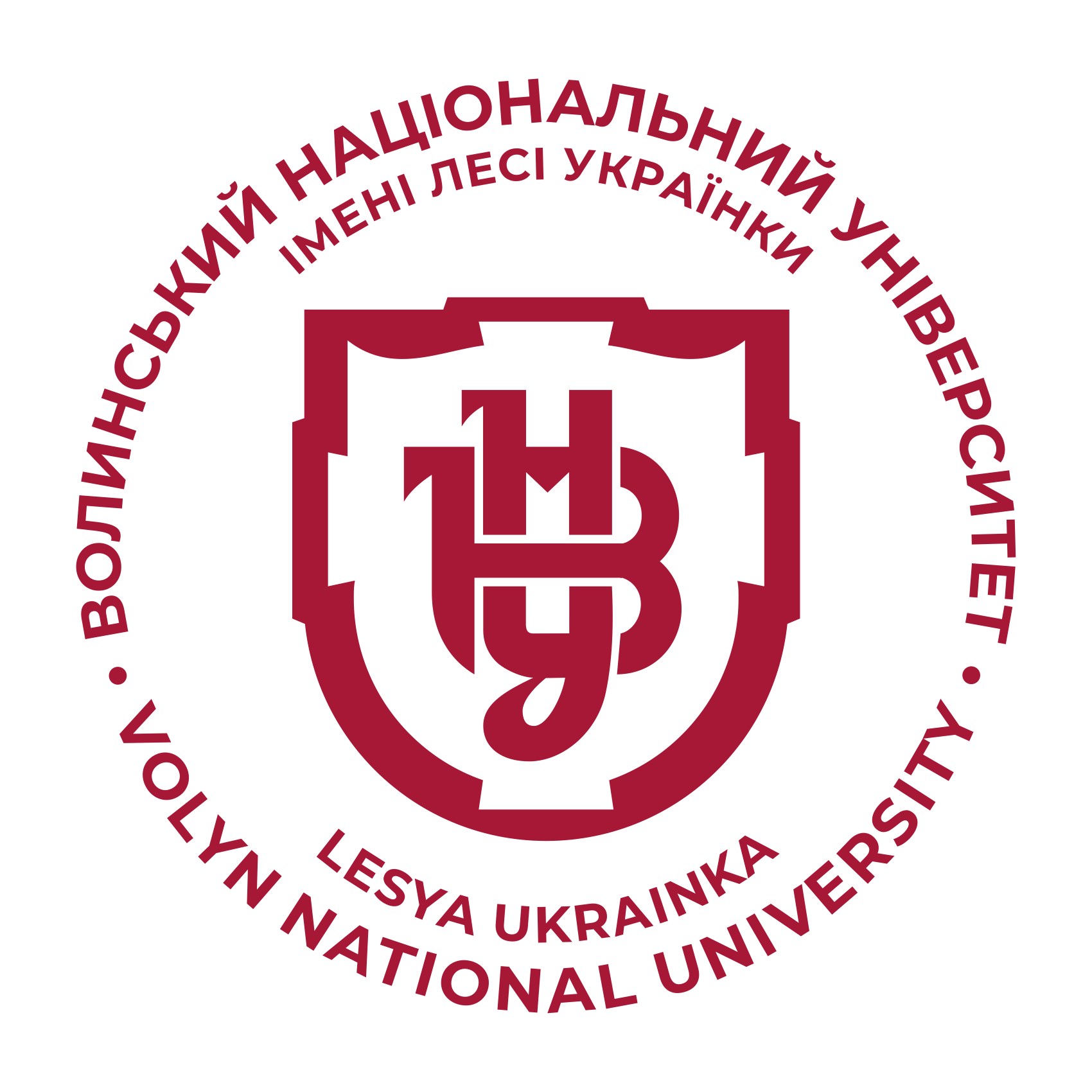Розвиток міжнародної економічної інтеграції
DOI:
https://doi.org/10.29038/2411-4014-2018-01-41-48Ключові слова:
міжнародна економічна інтеграція, розвиток, тенденції, регіональна торговельна угода, інтеграційне угрупування.Анотація
Проаналізовано розвиток міжнародної економічної інтеграції (МЕІ) з урахуванням об’єднання ринків країн протягом кількох століть на різних континентах. Виявлено позитивні наслідки перших окремих торговельно-економічних об’єднань та їх вплив на подальший розвиток інтеграційних процесів. Підтверджено поглиблення МЕІ. Аналіз хвиль інтеграції ХХ ст. засвідчує зростання кількості угрупувань, причому й між країнами різного рівня економічного розвитку, розширення кола питань, які охоплюють угоди, збільшення двосторонніх угод про вільну торгівлю, зокрема між державами різних регіонів та ін. Розглянено особливості преференційних правил і доцільність їх застосування. Обґрунтовано значний вплив МЕІ та необхідність урахування активізації інтеграції великих країн, які розвиваються, зокрема їх вихід на ринки інших країн.







